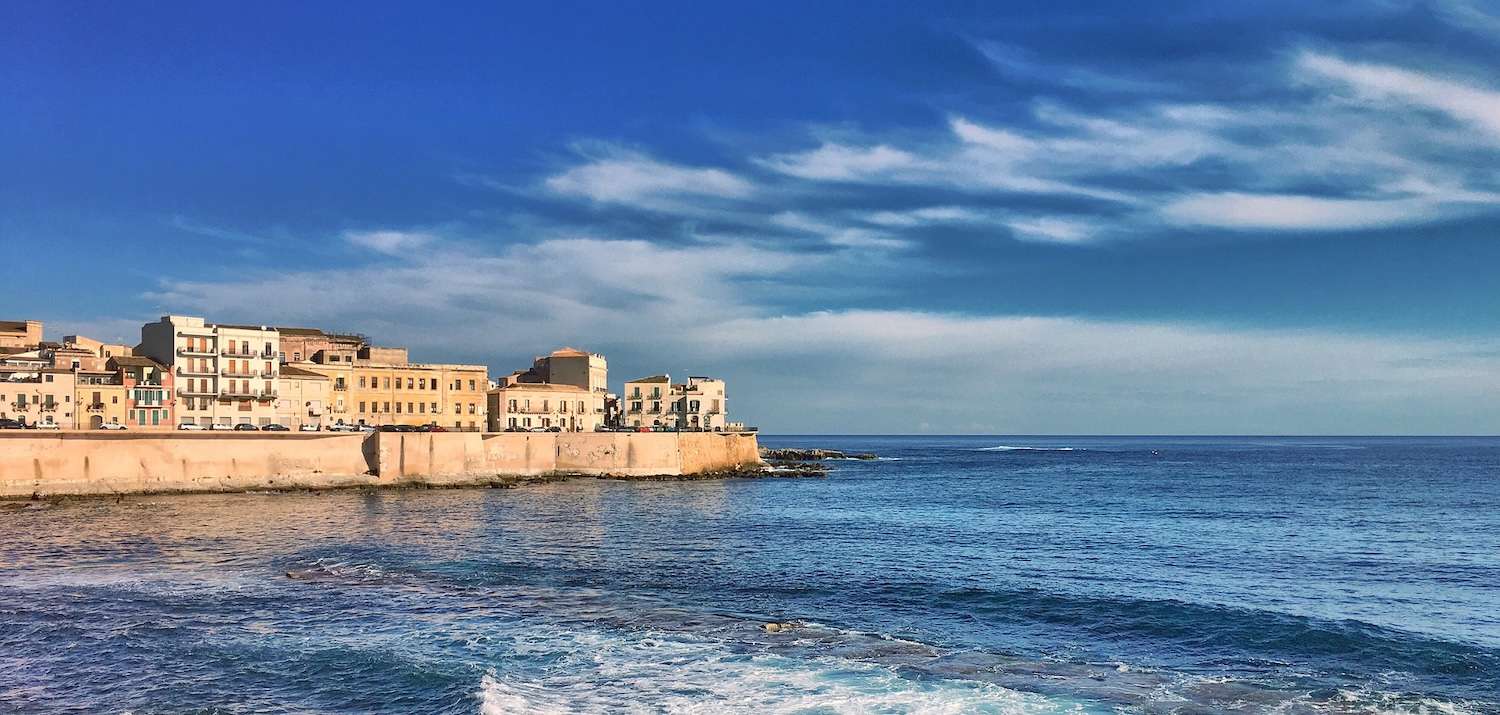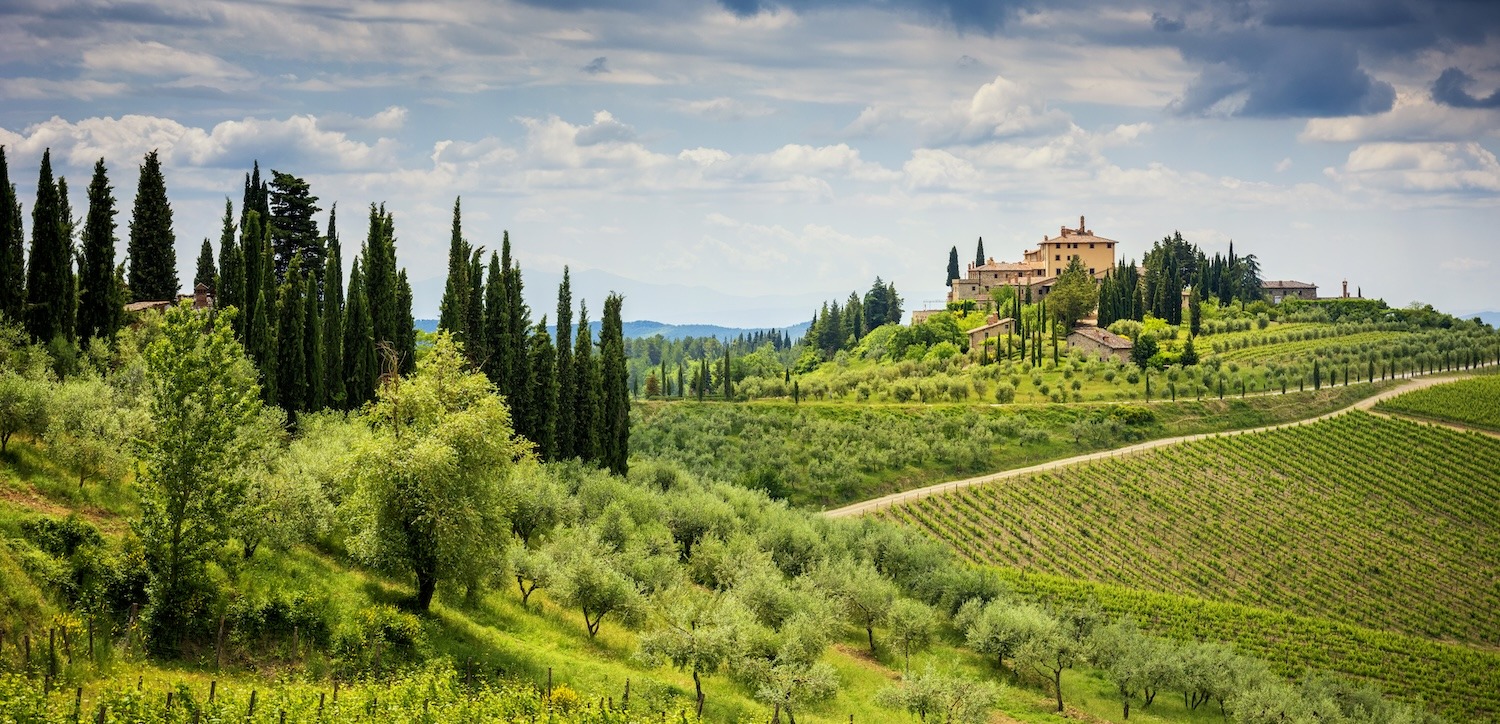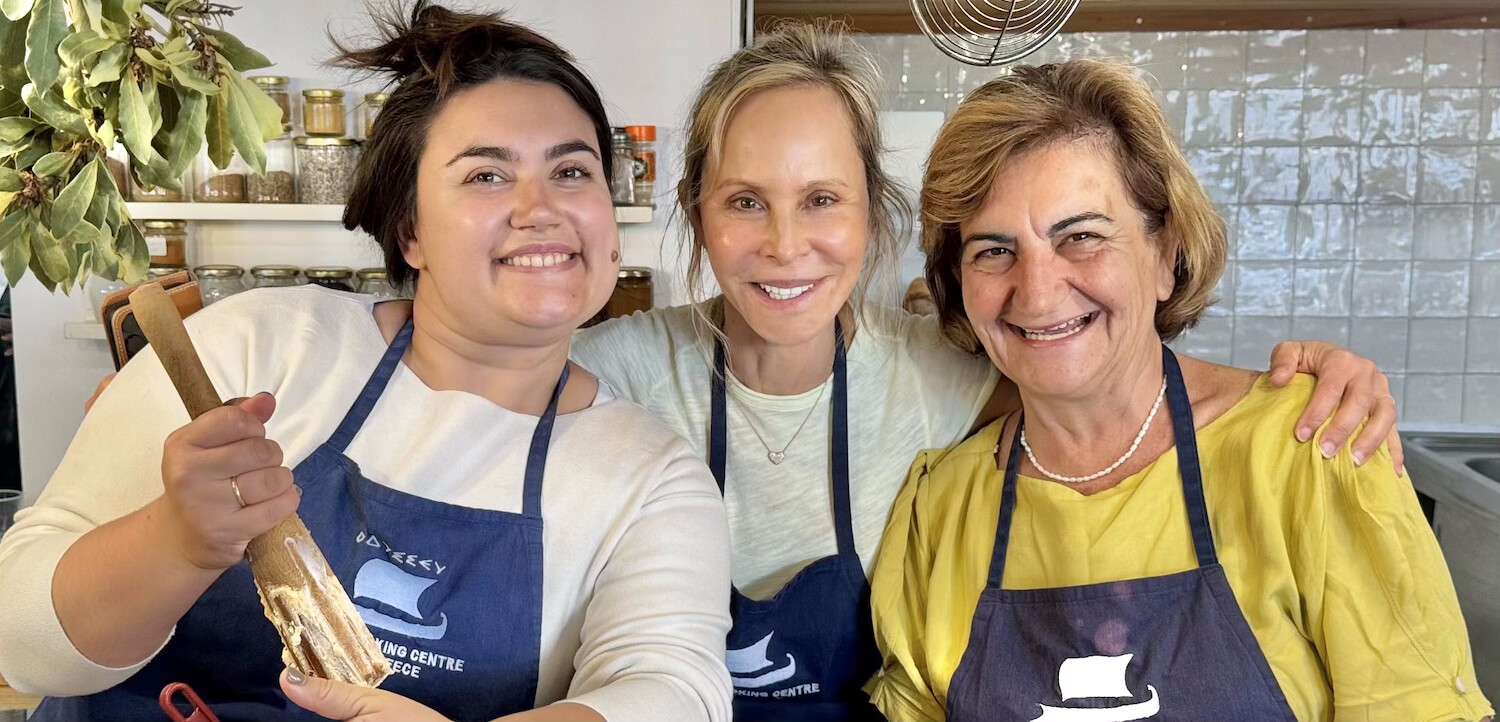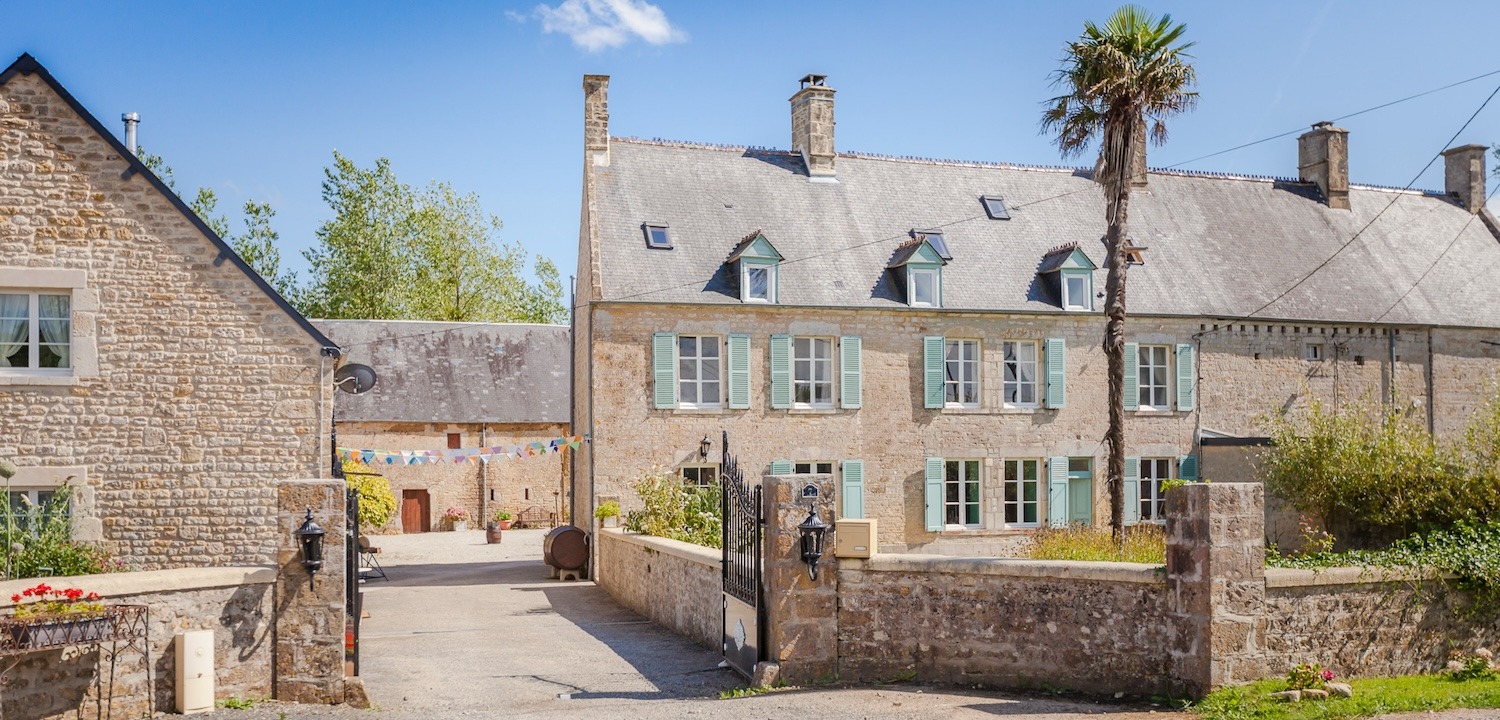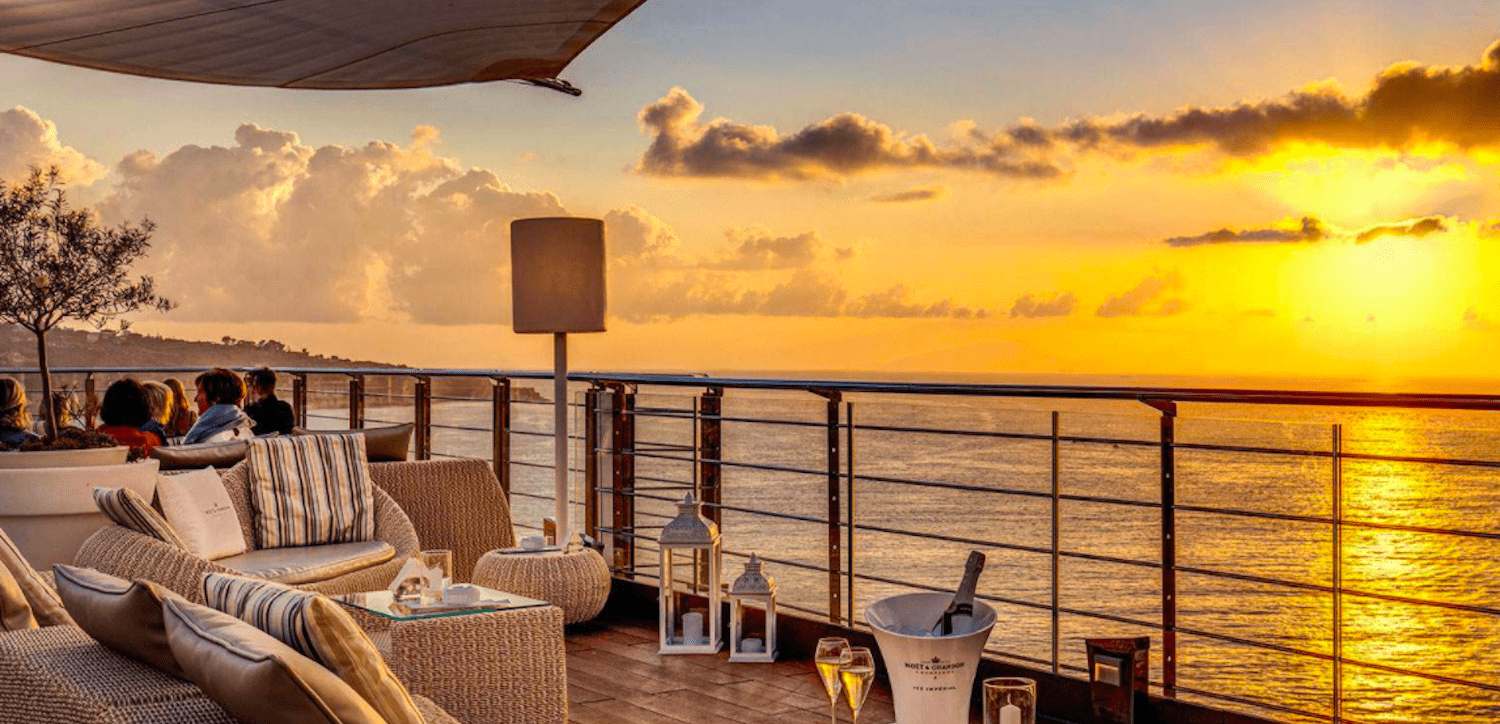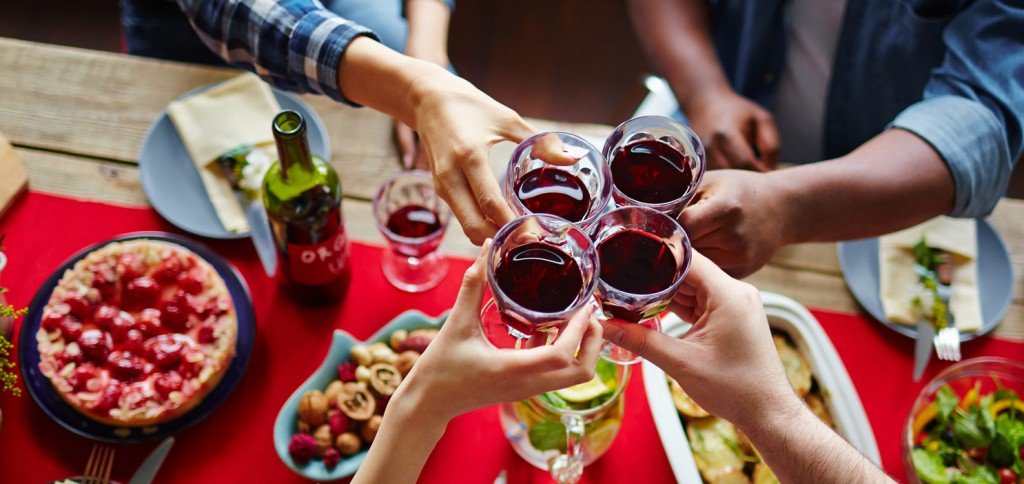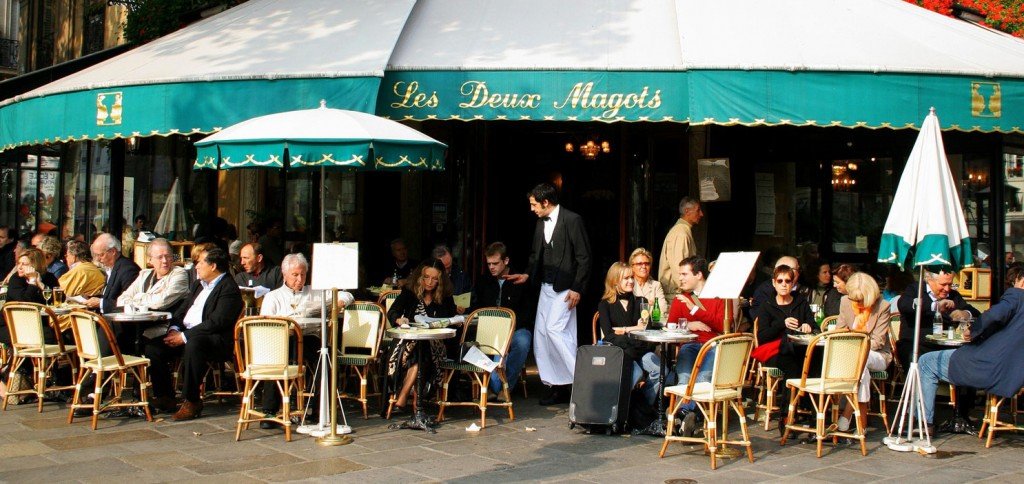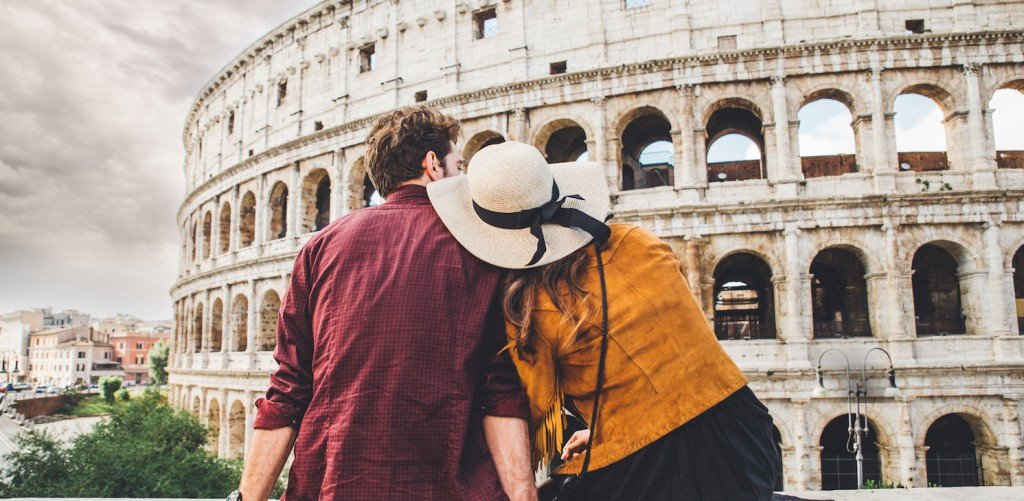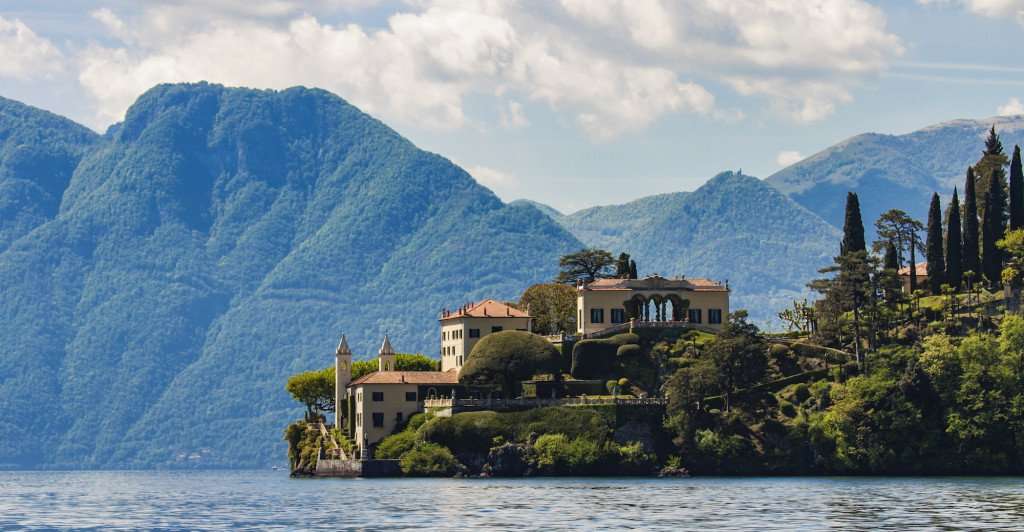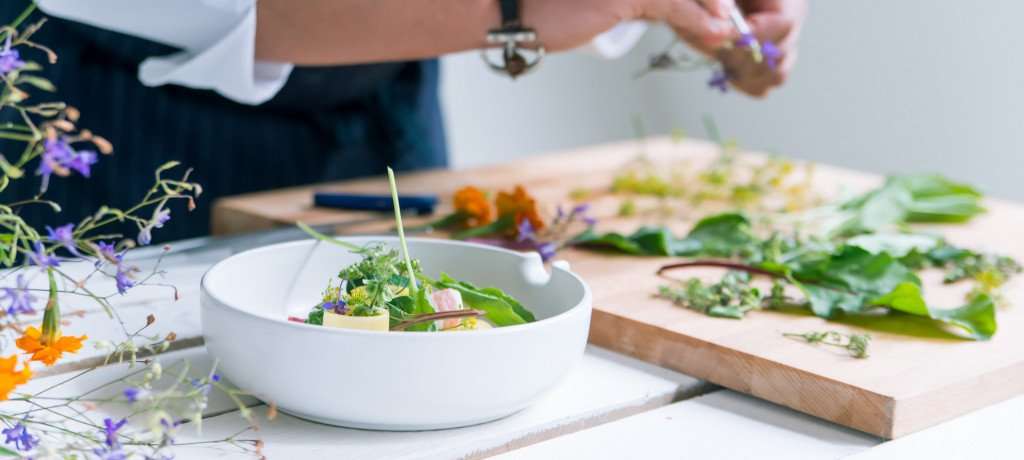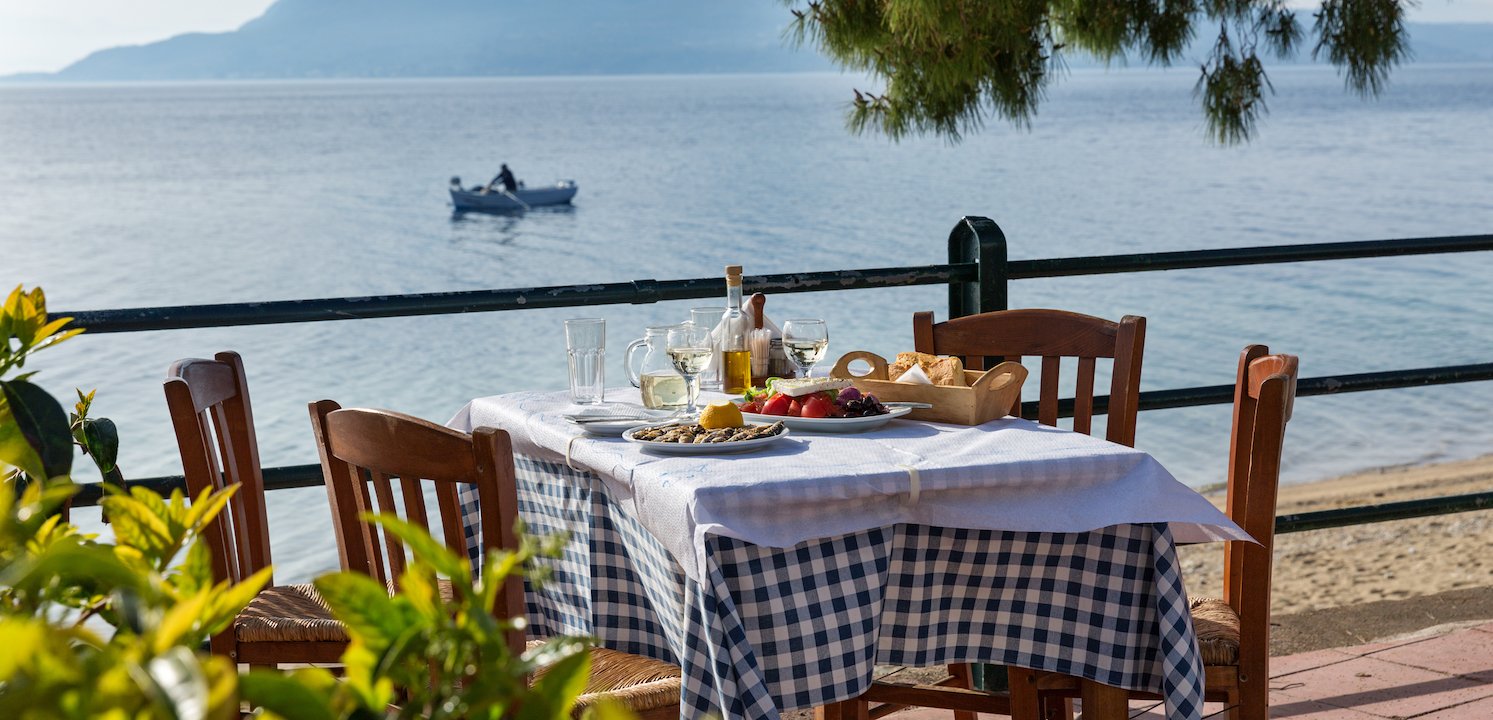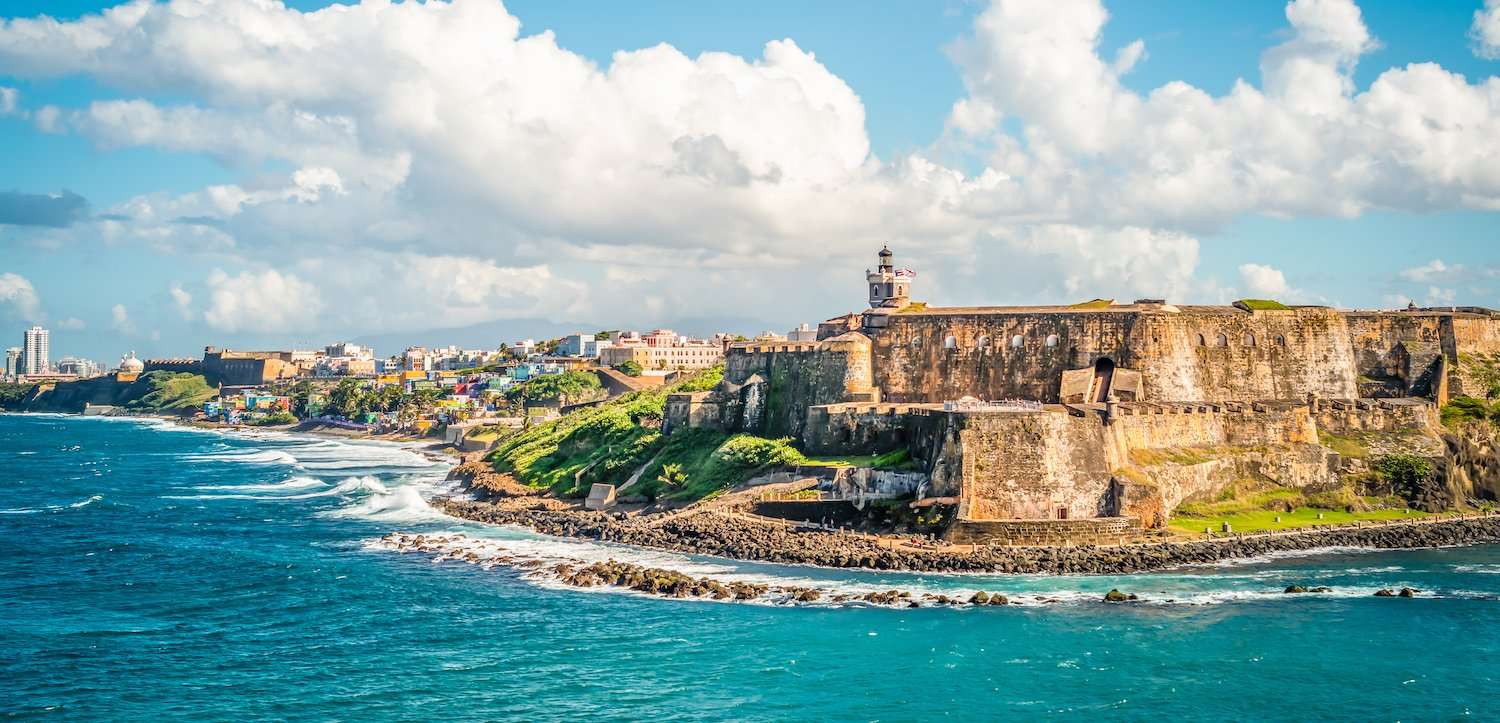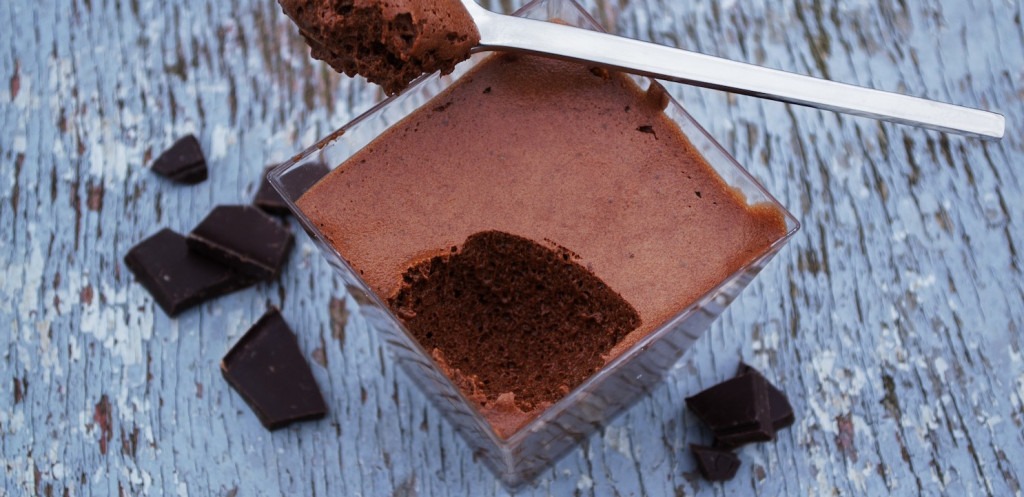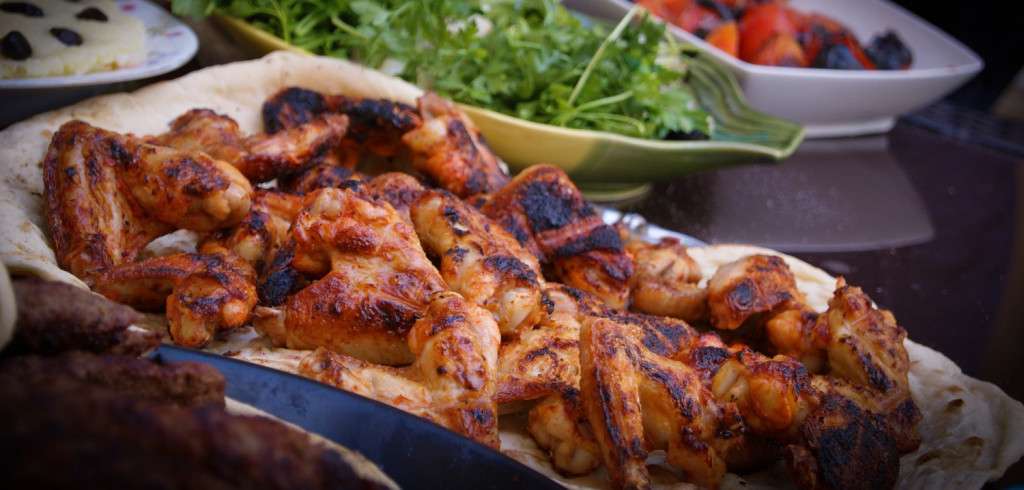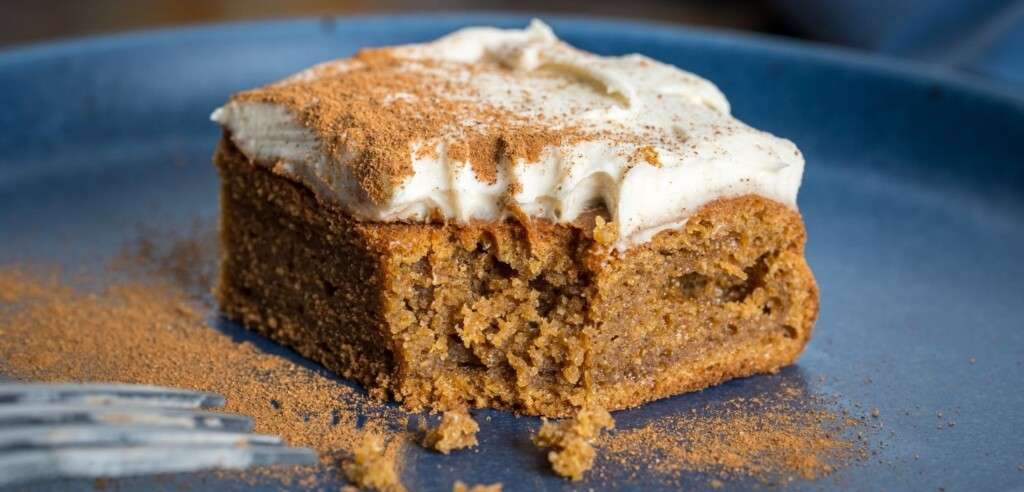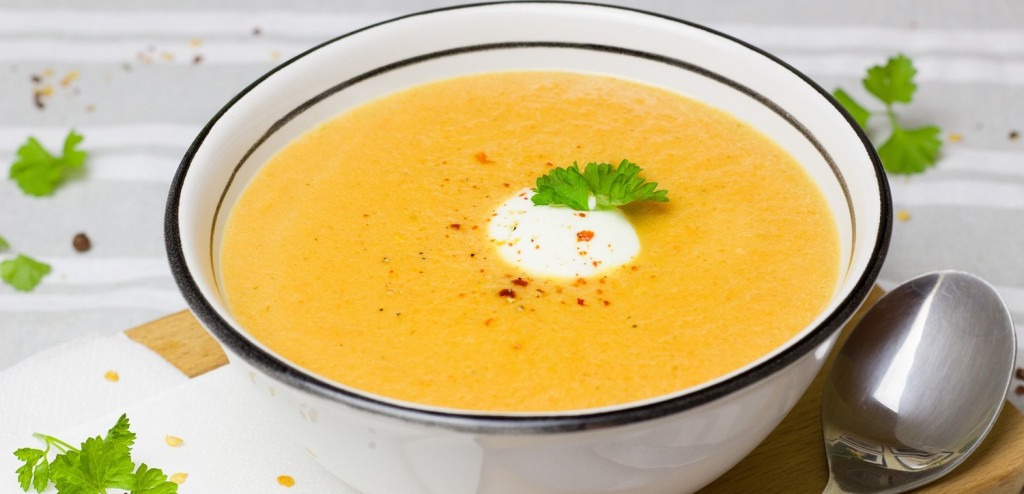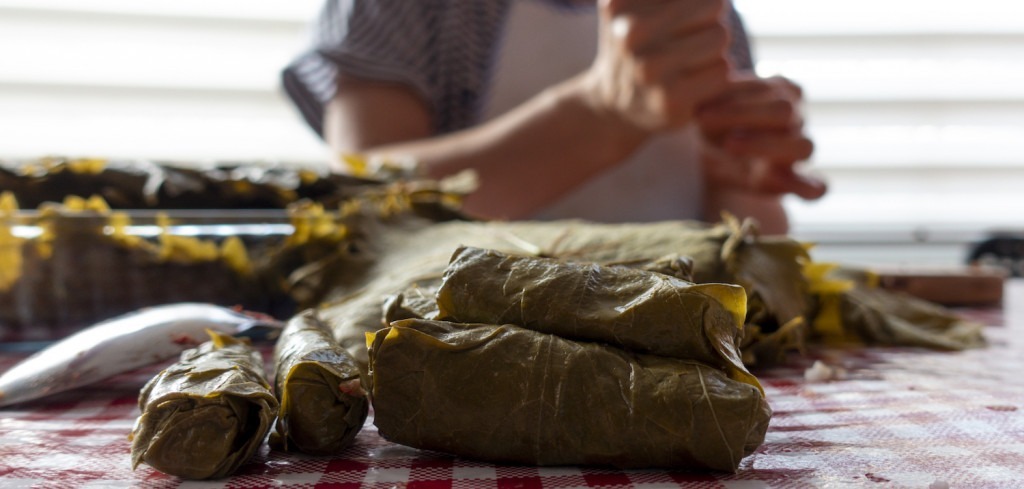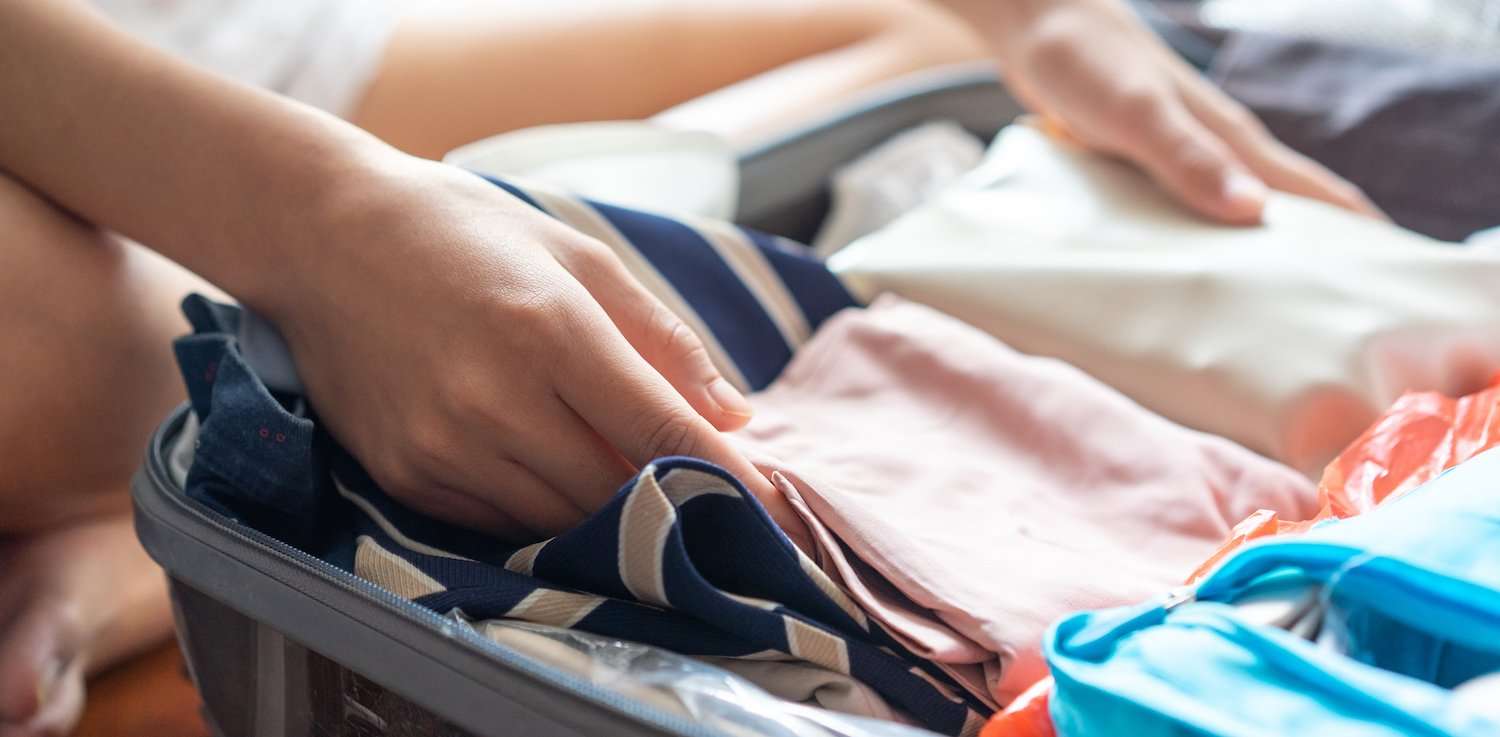
- The International Kitchen
- Blog
- Travel Tips: What to Pack for a Cooking Vacation
Travel Tips: What to Pack for a Cooking Vacation
-
-
It’s always a question whenever you take a vacation: what should I pack? Couple that with the need to pack for a few (or more!) hands-on cooking courses and the fact that you’re going to a foreign country and what to bring suddenly becomes more complicated. To finish out our Travel Tips week, here are a few guidelines for packing!

General Guidelines on What to Pack:
If your cooking vacation takes place in the country, casual clothing is the way to go. Men do not need jackets and ties and women do not need dressy dresses. However, that being said, many people like the opportunity to dress up a bit for dinner. If you are staying in or dining in a city, bring some dressier clothes: this is the time for the sport jacket and tie and dress. See our Barcelona Foodie Adventure.  For your excursions, you will want to be comfortable. In the summer you can wear shorts, but avoid “short shorts,” and remember that if your excursion will include a visit to any churches, your knees and shoulders should be covered (and some churches will required them to covered to enter). So if you are traveling in warm weather, for these excursions avoid shorts, and either wear sleeves or bring a scarf to drape over your shoulders. If you’re staying in the summer near the seaside or at a place that has a pool, don’t forget your swim suit! Check out a seaside trip to Greece with TIK. If you are traveling in cooler seasons, keep in mind that in European countries heating is not at all like we are used to in the U.S. The heat is not usually turned on until quite late in the fall, regardless of the temperature, and it can be chilly at night. So bring an extra layer, particularly for sleeping. Weather is unpredictable everywhere: an umbrella or rain coat can help prevent a lot of misery if you end up with bad weather. Travel to Undiscovered Scotland.
For your excursions, you will want to be comfortable. In the summer you can wear shorts, but avoid “short shorts,” and remember that if your excursion will include a visit to any churches, your knees and shoulders should be covered (and some churches will required them to covered to enter). So if you are traveling in warm weather, for these excursions avoid shorts, and either wear sleeves or bring a scarf to drape over your shoulders. If you’re staying in the summer near the seaside or at a place that has a pool, don’t forget your swim suit! Check out a seaside trip to Greece with TIK. If you are traveling in cooler seasons, keep in mind that in European countries heating is not at all like we are used to in the U.S. The heat is not usually turned on until quite late in the fall, regardless of the temperature, and it can be chilly at night. So bring an extra layer, particularly for sleeping. Weather is unpredictable everywhere: an umbrella or rain coat can help prevent a lot of misery if you end up with bad weather. Travel to Undiscovered Scotland.
 What to Pack for Your Cooking Lessons
What to Pack for Your Cooking Lessons
“Do I need to bring an apron?” is a question we frequently hear. Your host chef will always have an apron for you to wear, so you do not need to bring one. But if you receive one of our aprons, we’d love it if you took it with you to wear during your classes. It makes for a great photo op and a great reminder of your trip. (We like variety in our hard goods, so you might receive a tote, a document holder, or another bit of TIK merchandise!). Check out one of our favorite cooking classes in Tuscany. 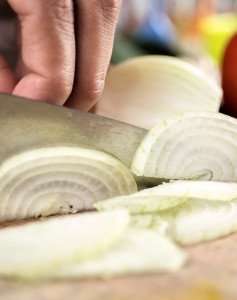 Some chefs are more stringent about the rules in their kitchens than others, so it’s difficult to generalize, but there are a few rules of thumb to keep in mind when packing for your cooking lessons. First, most kitchens prefer closed shoes (not sandals), simply for a matter of safety. Some chefs recommend sleeves and pants to protect your skin from the possibility of burns, but most of our clients choose to dress in cooler clothing, especially as kitchens can get quite warm! Comfort is key, and keep in mind that while you might be fine wearing the same dress to dinner more than once on your trip without washing it, you will want different clothes to cook in each day you have lessons. Read more about what to expect during our cooking classes and what to expect during our cooking vacations.
Some chefs are more stringent about the rules in their kitchens than others, so it’s difficult to generalize, but there are a few rules of thumb to keep in mind when packing for your cooking lessons. First, most kitchens prefer closed shoes (not sandals), simply for a matter of safety. Some chefs recommend sleeves and pants to protect your skin from the possibility of burns, but most of our clients choose to dress in cooler clothing, especially as kitchens can get quite warm! Comfort is key, and keep in mind that while you might be fine wearing the same dress to dinner more than once on your trip without washing it, you will want different clothes to cook in each day you have lessons. Read more about what to expect during our cooking classes and what to expect during our cooking vacations.
 Things to Pack You Might Not Have Thought Of:
Things to Pack You Might Not Have Thought Of:
While traveling in a foreign land, it is best to leave expectations behind and embrace the differences in the culture you are exploring. That being said, there can be certain items that you want to bring with you from home, such as:
- insect repellent (particularly if you are staying in the countryside in warmer months)
- a travel alarm clock (most hotels in Europe do not have alarm clocks)
- a wash cloth (if you are attached to them — these are an unknown item in Europe!)
- a small flashlight (an item that is useful if you are staying in the countryside, such as on a farmstead with multiple buildings)
- an audio recording “app” for your phone (often chefs make up recipes on the fly based on what ingredients they find at the market, and as hard as we try to procure written recipes for you, sometimes it just doesn’t happen. This can help you remember menu items and techniques that are not included in your recipe packet)
- beauty products (the soap, shampoo, lotion that a hotel provides — if it provides them — might not be what you are used to)
- medicine, both prescription (of course), but also over the counter (you can’t run out to a 24-hour Walgreens in the Tuscan countryside if you have a headache from drinking too much wine, indigestion from too much food, allergies from too much nature, or if you develop a cold; a small “traveling pharmacy” of items you might need takes up not too much room in your luggage and can really come in handy)
 Keep in mind that these tips apply mostly to our European cooking vacations, which are our most popular. For cooking vacations to more exotic locales, such as Morocco, Peru, or Thailand, we might make other recommendations. When in doubt, just ask us! Find out How to save for a vacation. Search our blog for more travel tips, including 5 things not to do on a cooking vacation in Italy!
Keep in mind that these tips apply mostly to our European cooking vacations, which are our most popular. For cooking vacations to more exotic locales, such as Morocco, Peru, or Thailand, we might make other recommendations. When in doubt, just ask us! Find out How to save for a vacation. Search our blog for more travel tips, including 5 things not to do on a cooking vacation in Italy!
Sign up to Receive Our Newsletter
As well as travel tips, promotions, and information on our best cooking vacations.
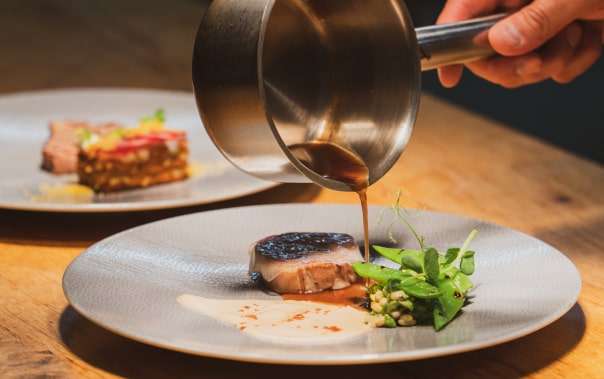
blog
Related Blog Posts
recipes

